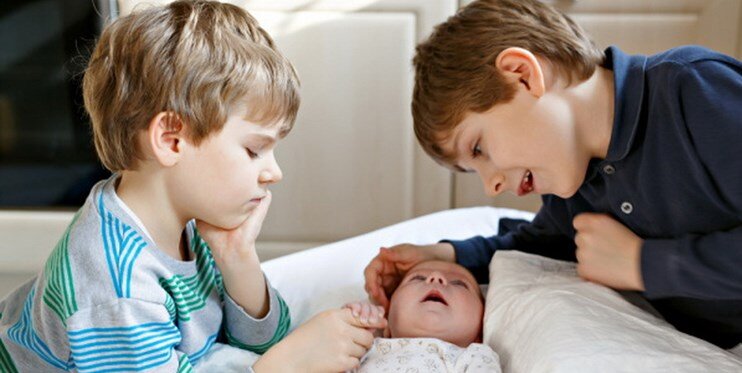Families with four children and above rise 15%

TEHRAN – An official with the Ministry of Health has said that the number of families with four children or more has increased by 15 percent in the country.
Saber Jabbari added that families with three children have also increased by 2.5 percent, IRNA reported.
The policy of having one or two children has changed in the society and the birth of a third child has been increasing, he highlighted.
A center in the Ministry of Health provides services in the field of care, education, and counseling, as well as facilitating successful and stable marriages, healthy fertility, and promoting natural childbirth, early diagnosis of infertility, and timely treatment, he pointed out.
Some 14 policies to support childbearing and the family were announced by Ayatollah Ali Khamenei, the Leader of the Islamic Revolution, in [the Iranian calendar year] 1389 (March 2014-March 2015) when he stressed that social, cultural, and economic development should be done in accordance with these general policies to support families.
The policies address the need to increase the population and its various dimensions of it, including childbearing, facilitating marriage and strengthening the family, reproductive health, promoting the Iranian-Islamic lifestyle, empowering young people, honoring the elderly, and the environment, which can lead to an increase in the quantity and quality of the population if it is timely and continuous implemented.
President Ebrahim Raisi has urged all responsible bodies and organizations to adopt national policies in line with the goal of population growth.
All the institutions and organizations of the country are obliged to prepare their plans and programs within the framework of the population growth policy and follow up on their implementation seriously, he said, IRIB reported.
He referred to "population" as one of the important and key points in the 7th national development plan (2023-2027).
The president considered promoting the culture of marriage and reducing divorce and helping to solve the problem of infertility as some of the effective factors in increasing the population, which should be the priority of attention and action of all institutions.
Multiple births are much more common today than they were in the past. According to the US Department of Health and Human Services, the twin birth rate has increased by over 75 percent since 1980, and triplet, quadruplet, and high-order multiple births have increased at an even higher rate.
There are more multiple births today, partly because more women are receiving infertility treatment, which carries a risk of multiple pregnancies.
However, since the first publication in 1998 of the American Society for Reproductive Medicine’s (ASRM’s) Guidelines on the Number of Embryos Transferred, the number of treatment-related pregnancies with triplets or more has decreased dramatically.
Also, more women are waiting until later in life to attempt pregnancy, and older women are more likely than younger women to get pregnant with multiples, especially with fertility treatment.
Although notable medical advances have improved the outcomes of multiple births, multiple births still are associated with significant medical risks and complications for the mother and children.
MG
Leave a Comment